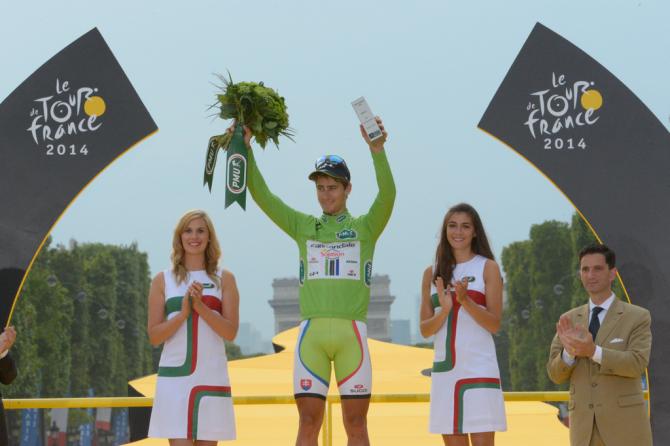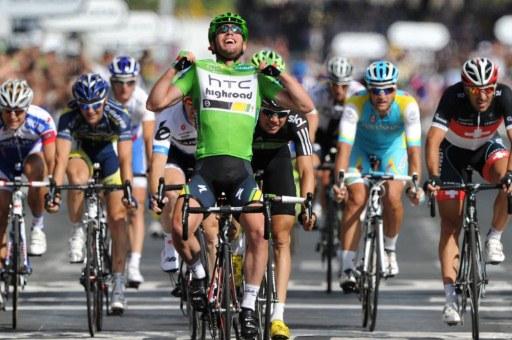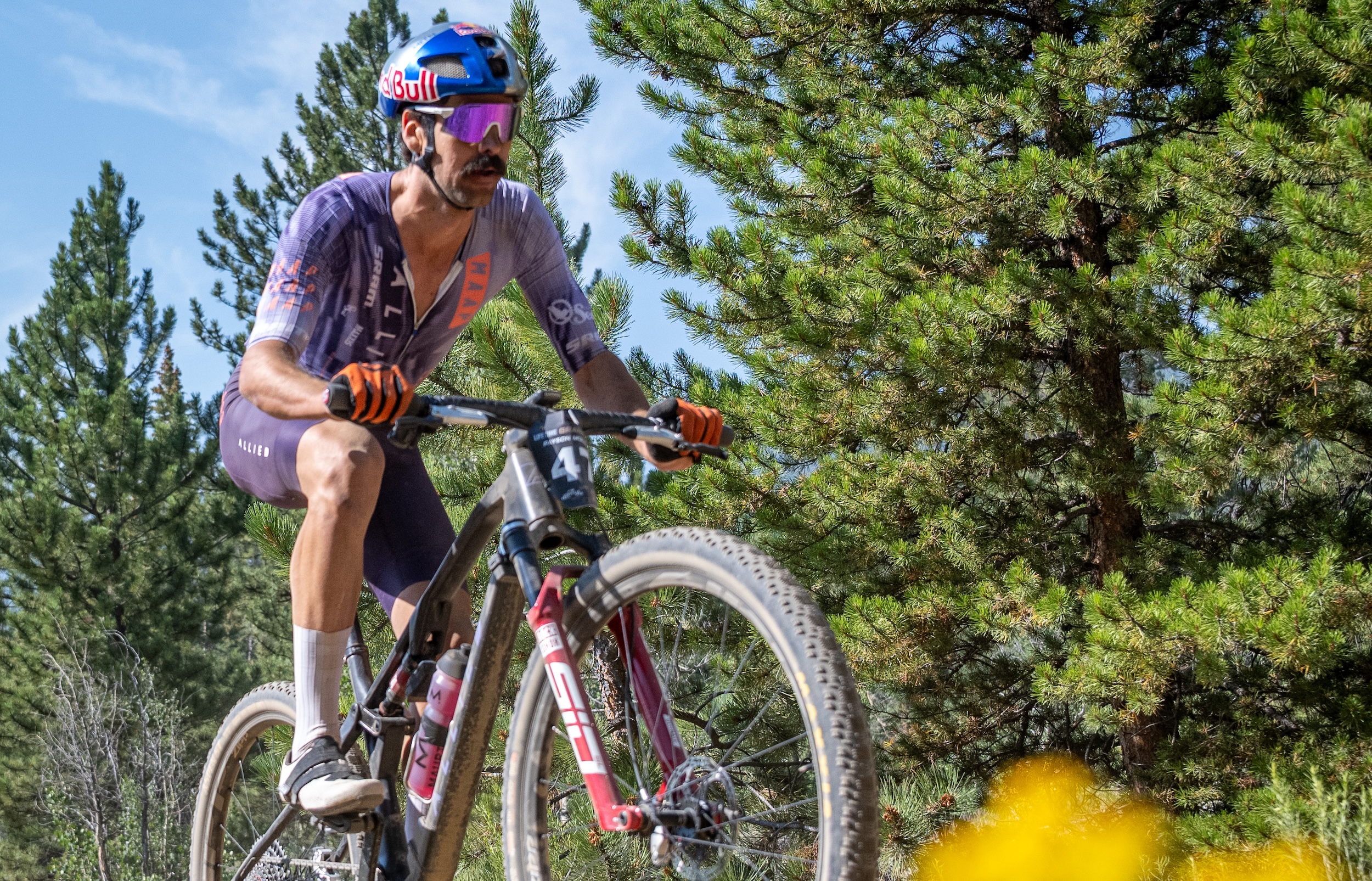The changing face of the Tour de France’s green jersey
How rule changes effect the competition for the green jersey in 2015
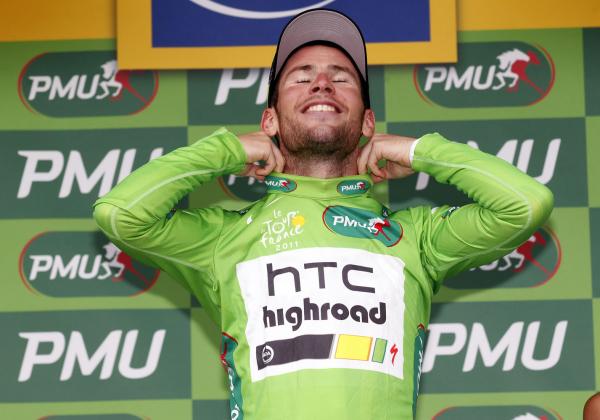
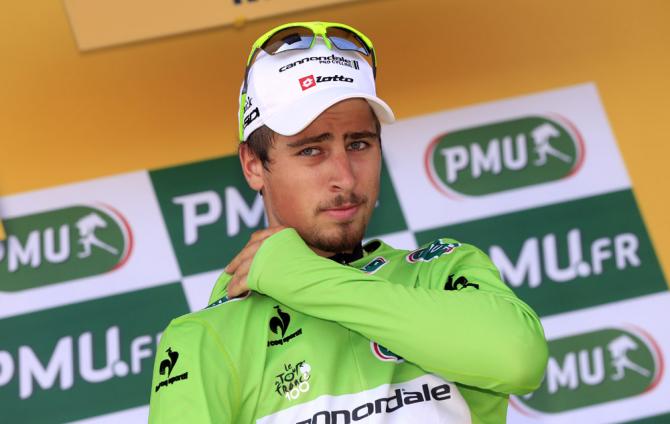
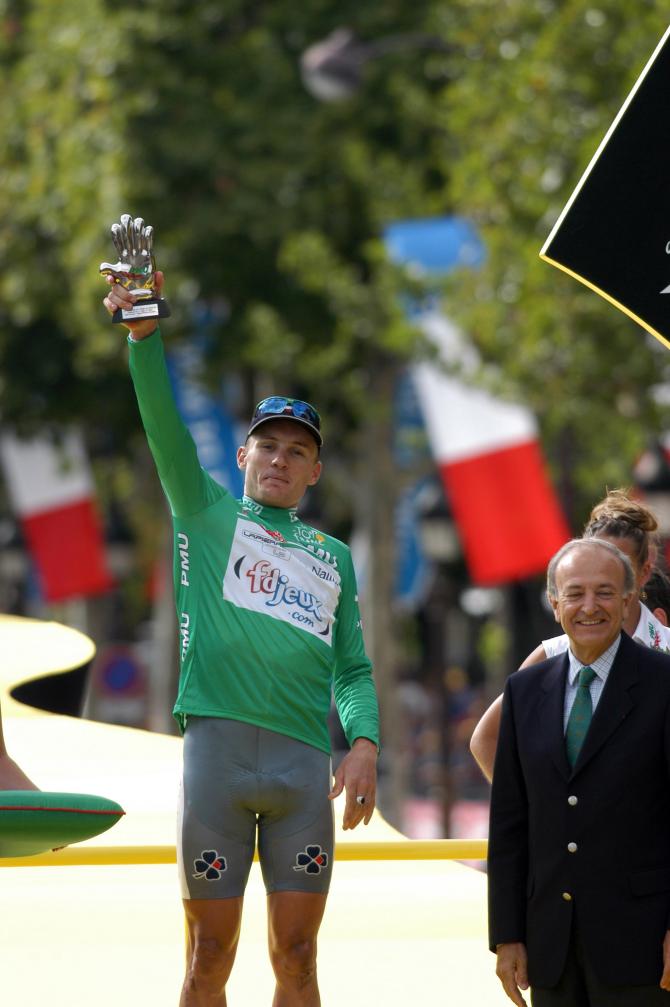
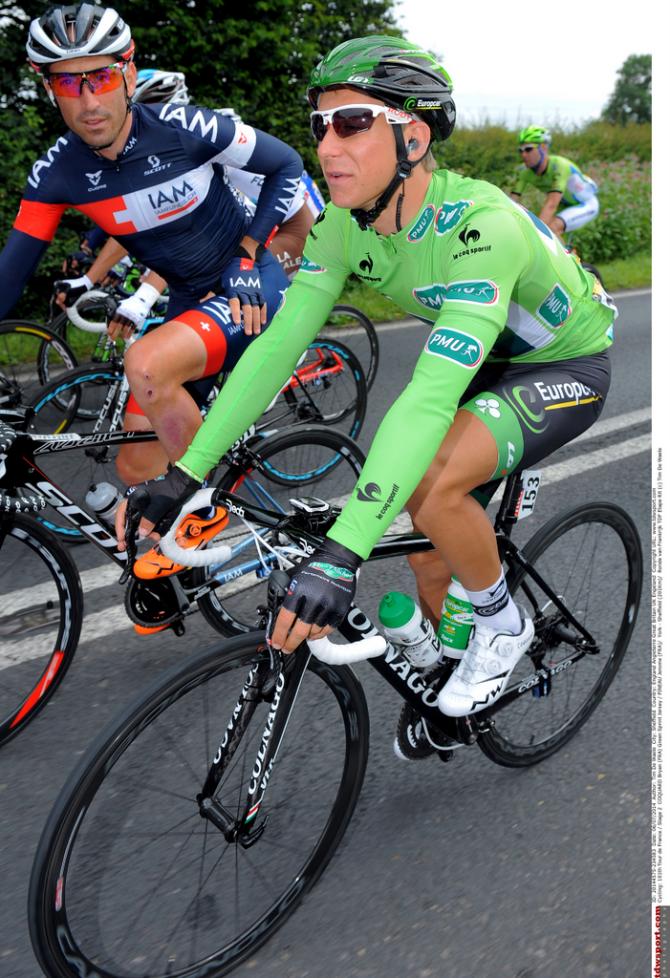
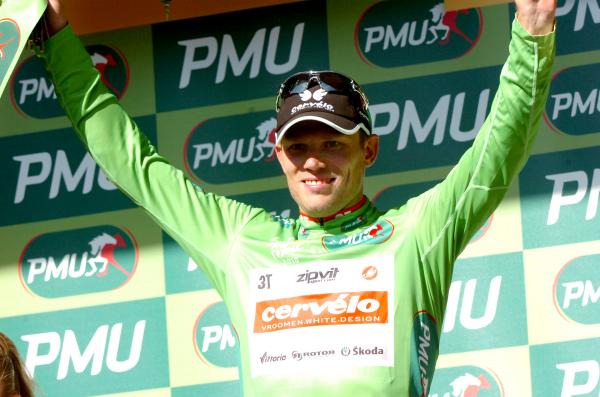
Arguments over the point of the green jersey still rage: should it reward speed or consistency? ASO have changed the rules for the second time in five years to favour the sprinters. Will it work? Procycling takes a closer look at the Tour de France's points classification. This feature was taken from the July issue of Procycling, which you can pick up online, here.
What's changed?
On the nine flat stages last year, there was a 10-point gap between the first rider over the line (45pts) and second (35pts) and a sliding scale for riders down to 15th place. This year, however, the six most sprint-friendly stages of the nine designated flat stages are subject to a steeper drop-off in points. We'll dub them 'super-sprints'. So the winner of these super-sprint stages into Zeeland (stage 2) Amiens (5), Le Havre (6), Fougères (7), Valence (15) and Champs-Élysées (21) will take 50 points while second place takes 30, third place 20 and so on all the way down to 15th place. On the three remaining flat stages that feature cobbles or a puncheur's uphill finish at Mur de Huy (3), Cambrai (4) and Mûr de Bretagne (8), the winner takes 25 points, second 22 points, third 17 and so on. The points structure for the single intermediate sprint where the first over the line takes 20 points remains and could be crucial.
What does it mean for the green jersey competition?
When ASO altered the green jersey rules in 2011 it was to favour the pure sprinters, notably Mark Cavendish who was particularly dominant in the bunch gallops in 2009/10 but still didn't win green. The 2011 changes had the desired effect and the Manxman won by a margin of 62 points over Jose Joaquin Rojas. In the years that followed, however, Peter Sagan, the prototypical sprinting all-rounder, was able to hoover up points on such varied terrain that he was untouchable. As an illustration, he never finished lower than fifth in the first seven stages of last year's Tour, though he didn't win a stage either.
So the changes to the points do favour Cavendish, Nacer Bouhanni and Marcel Kittel but as the intermediate sprint structure remains so Sagan, Michael Matthews and John Degenkolb (depending how he is deployed by Giant-Alpecin) will still have a back door into the green jersey competition. Why? Because last year Sagan took 153 points at the mid-way primes. That's only a rate of some seven points a day, or ninth at the intermediate sprint but, crucially, first from the bunch behind the break.
That makes the primes a real tactical flashpoint. Expect the pure sprinters' teams to work hard to dissipate these points or recruit help to do so – anything to re-emphasise the importance of the final sprint.
The latest race content, interviews, features, reviews and expert buying guides, direct to your inbox!
What's more, a closer look at the super-sprints reveal three could be far from straightforward and wind could cause havoc on stages 2, 5 and 6, and the latter of those is also studded with a significant ramp that tops out 500m before the line.
That means that the advantage falls to those riders who can improvise and ride in echelons. Cavendish is a past master when the bordures form: stage 13 to Saint-Amand-Montrond in 2013 and further back, the stage to La Grande Motte in 2009 are proof. Alexander Kristoff has displayed the same facility this year, most notably at the Tour of Qatar. Kittel, meanwhile has proven vulnerable unless he has his team around him.
Who are the winners and losers?
The losers are obviously the mongrel sprinter-climbers who aren't fast enough to cross the line first consistently, though there is wiggle room for them if they're sly. The big winners are the strong teams boasting a star sprinter: Cavendish and Kittel most obviously but we'll stick our necks on the line and argue Katusha's Kristoff now deserves mention in the same breath. Two stage wins last year are ticks firmly in his favour, his team has the firepower and he has form to burn. But perhaps most importantly he's proven he can beat all the big guns, though whether he can beat all of them at once remains to be seen. If Kristoff nabs a couple of the super-sprints, he can fall back onto a more tactical game and chase intermediate points.
Verdict
When Prudhomme announced the Tour route he said there would be terrain for every kind of sprinter and he has delivered. With Kittel, the pre-eminent sprinter, on the back foot, Cavendish's form suggesting he's back to his best, Greipel an ever-present threat, Bouhanni and Démare relatively unknown quantities at the Tour and Kristoff seemingly the man of the moment, the points competition is shaping up to be an intriguing battle between personalities and team strategies and the first sprint into Zeeland – even if the wind doesn't blow – is going to be a sight to behold. What’s more, the number of contenders means that the green jersey may only be decided in an electrifying showdown on the Champs-Élysées.
To subscribe to the Cyclingnews video channel, click here.
